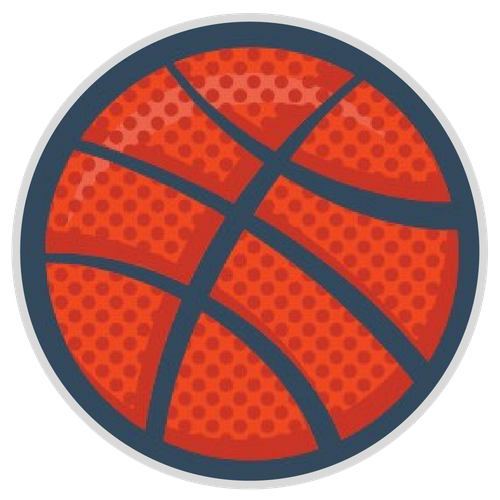This article taken from Coach Mac. Check out more of what he offers at: https://www.basketballforcoaches.com
We’ve all heard it before, “talk on defense” or “let’s hear you talking”. Coach Mac says “The smartest basketball coaches on the planet understand the importance of communication.” But we often don’t train players on the precise words to use.
“Effective teamwork begins and ends with communication” – Mike Krzyzewski
“If you’re not talking, you’re not playing defense” – Doc Rivers
“Not talking on the floor is the least recognized form of selfishness but maybe the most dangerous to your team having success” – Tom Crean
Coach Mac says:
Here’s a list of some of the terms I encourage players to use when communicating with their teammates on defense:
“BALL” – To let teammates know you’re going to guard the player with the basketball.
“DEAD” – Used when the player you’re guarding picks up the basketball and can’t dribble again. This is often to let teammates know to hard deny the player they’re guarding to prevent the offense getting out of a difficult position.
“SCREEN LEFT or SCREEN RIGHT” – To let an on-ball defender know there’s a screen coming. Communicating whether the pick is left or right is important.
“HELP LEFT or HELP RIGHT” – Mostly used by players one-pass away to let the on-ball defender know they’re in position to help if the player with the basketball attempts to penetrate into the lane.
“MIDDLE” – To let teammates know you’re in the middle of the key in help position.
“SWITCH or OVER or UNDER” – Key words used when there’s a screen to communicate how it will be defended. What words players use will depend on the team’s philosophy on defending screens.
“CUTTER” – To let teammates know there’s an off-ball player cutting through the key to catch the basketball in a dangerous position.
To me, those are the main key terms coaches should be encouraging their players to use on the defensive end of the floor.
Check out Coach Mac’s guide the Championship Coaching Course. It includes both Man-to-Man Defensive Guide (includes drills + practice plans + 136-pages) and 30 Team Defense Drills (69-pages).
Doug DeVries has been working in youth basketball for over 25 years. He has a passion to see sports in balance in life, for kids to thrive in sports, and for parents to enjoy the entire process.


